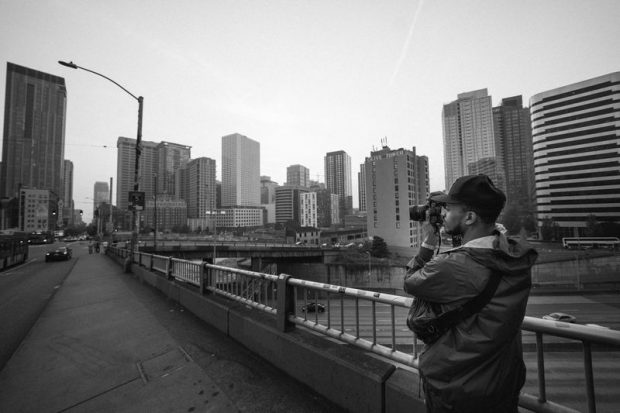The Greatest Guide To Framing Streets
The Greatest Guide To Framing Streets
Blog Article
Getting The Framing Streets To Work
Table of ContentsGetting The Framing Streets To WorkWhat Does Framing Streets Do?Framing Streets Can Be Fun For AnyoneHow Framing Streets can Save You Time, Stress, and Money.The Framing Streets DiariesFacts About Framing Streets Revealed
Digital photography genre "Crufts Pet Program 1968" by Tony Ray-Jones Street digital photography (additionally in some cases called candid photography) is photography conducted for art or questions that includes unmediated possibility experiences and arbitrary events within public areas, normally with the aim of catching images at a definitive or poignant minute by cautious framework and timing. 
Not known Factual Statements About Framing Streets
Susan Sontag, 1977 Road digital photography can focus on individuals and their habits in public. In this respect, the street professional photographer is similar to social docudrama photographers or photojournalists that also function in public areas, but with the aim of recording newsworthy events. Any of these digital photographers' photos might record individuals and home visible within or from public areas, which commonly requires navigating moral concerns and legislations of personal privacy, safety, and home.
Representations of day-to-day public life create a genre in almost every duration of world art, starting in the pre-historic, Sumerian, Egyptian and very early Buddhist art durations. Art handling the life of the street, whether within sights of cityscapes, or as the dominant motif, shows up in the West in the canon of the North Renaissance, Baroque, Rococo, of Romanticism, Realistic look, Impressionism and Post-Impressionism.
Framing Streets Can Be Fun For Everyone
Louis Daguerre: "Blvd du Temple" (1838 or 1839) In 1838 or 1839 the very first picture of figures in the street was tape-recorded by Louis-Jacques-Mand Daguerre in one of a pair of daguerreotype sights extracted from his studio window of the Boulevard du Temple in Paris. The second, made at the elevation of the day, shows an uninhabited stretch of road, while the other was taken at about 8:00 am, and as Beaumont Newhall records, "The Blvd, so constantly full of a relocating throng of pedestrians and Source carriages was flawlessly solitary, except a person that was having his boots brushed.
, that was influenced to embark on a similar documents of New York City. As the city developed, Atget helped to promote Parisian roads as a deserving subject for photography.

The 4-Minute Rule for Framing Streets
Andre Kertesz.'s commonly appreciated Images la Sauvette (1952) (the English-language edition was entitled The Crucial Minute) promoted the concept of taking a photo at what he labelled the "definitive minute"; "when type and content, vision and make-up merged into a transcendent whole" - vivian maier.
Everything about Framing Streets
The recording equipment was 'a surprise video camera', a 35 mm Contax hidden beneath his coat, that was 'strapped to the chest and connected to a long cable strung down the best sleeve'. However, his job had little contemporary influence as as a result of Evans' level of sensitivities about the creativity of his job and the personal privacy of his subjects, it was not published up until 1966, in the publication Many Are Called, with an introduction written by James Agee in 1940.
Helen Levitt, after that an instructor of kids, connected with Evans in 193839. She documented the transitory chalk drawings - Lightroom presets that belonged to children's road society in New York at the time, along with the youngsters who made them. In July 1939, Mo, MA's brand-new digital photography section included Levitt's operate in its inaugural exhibitRobert Frank's 1958 publication,, was significant; raw and often out of emphasis, Frank's pictures examined conventional photography of the moment, "tested all the formal regulations laid down by Henri Cartier-Bresson and Pedestrian Evans" and "contradicted the wholesome pictorialism and wholehearted photojournalism of American publications like LIFE and Time".
Report this page